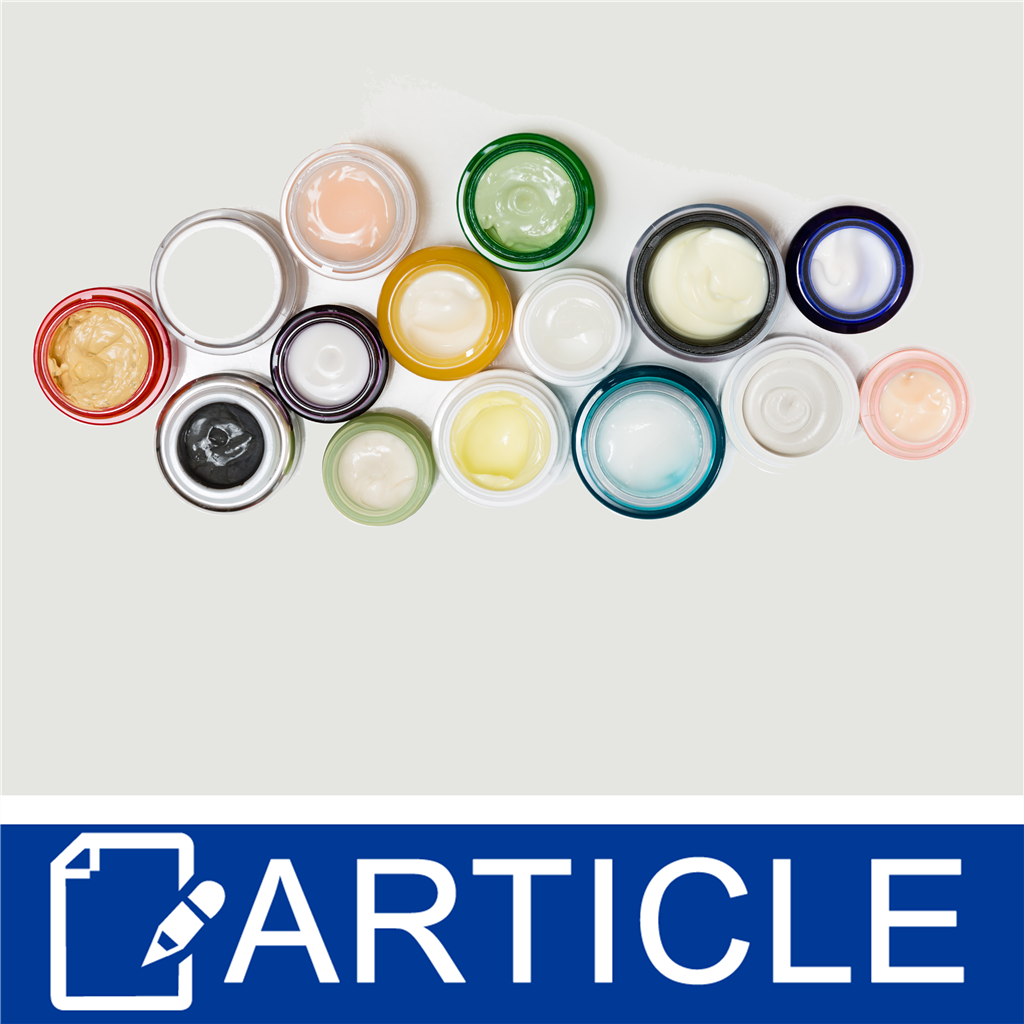The Science Behind Emulsifiers and Their Value in Everyday Products
Emulsifiers are essential parts that allow the mixing of oil and water, two usually immiscible substances. Their one-of-a-kind molecular structure enables them to reduce surface area stress, developing steady solutions in different products. This feature is essential for preserving the desired appearance and top quality in food, cosmetics, and drugs. emulsifiers. As the demand for innovative solutions expands, comprehending the scientific research behind emulsifiers ends up being increasingly important. What implications might this have for future product growth?

What Are Emulsifiers?
Emulsifiers are substances that make it possible for the mixing of 2 immiscible fluids, such as oil and water, creating a secure blend referred to as an emulsion. These agents play an essential role in various industries, consisting of food, cosmetics, and pharmaceuticals. Emulsifiers possess unique molecular structures, usually featuring both hydrophilic (water-attracting) and hydrophobic (water-repelling) parts. This dual nature enables them to interact with both sorts of liquids, facilitating the development of solutions and avoiding separation.
Typical instances of emulsifiers consist of lecithin, frequently found in egg yolks, and mono- and diglycerides, which are often used in baked products. In food products, emulsifiers boost appearance and consistency, improving total top quality. In cosmetics, they assist in creating steady creams and lotions. The flexibility of emulsifiers makes them crucial in generating a variety of day-to-day products, making sure that numerous components blend perfectly for suitable performance and consumer fulfillment.
Just How Do Emulsifiers Function?
How do emulsifiers create steady mixtures from 2 commonly unmixable liquids? Emulsifiers function by minimizing the surface area tension between oil and water, which are naturally incompatible due to their molecular structures. They possess both hydrophilic (water-attracting) and hydrophobic (water-repelling) properties, enabling them to interact with both phases. When an emulsifier is introduced to a mix of oil and water, its molecules position themselves at the interface, with the hydrophilic end in the water and the hydrophobic end in the oil. This arrangement maintains the emulsion by preventing the oil beads from coalescing and separating from the water phase. The outcome is an uniform mixture, called an emulsion, which can be either oil-in-water or water-in-oil, depending on the predominant stage. Because of this, emulsifiers play a vital function in various products, making sure uniformity and security in formulas ranging from food products to cosmetics.
Sorts of Emulsifiers in Food Products
In the domain name of food production, numerous sorts of emulsifiers are used to boost structure, stability, and overall quality. These emulsifiers can be classified mainly right into synthetic and all-natural kinds. All-natural emulsifiers, such as lecithin, originated from soybeans or egg yolks, are generally used in products like mayonnaise and chocolates. They are favored for their clean label allure and useful advantages.
Artificial emulsifiers, like mono- and diglycerides, are typically used in processed foods for their cost-effectiveness and convenience. These substances aid keep the wanted consistency in items such as margarine and salad dressings. Additionally, polysorbates, another classification of synthetic emulsifiers, boost the stability of solutions in ice lotions and sauces. Each kind of emulsifier plays an important role in guaranteeing the wanted sensory characteristics and shelf-life of food, ultimately boosting the customer experience.
The Duty of Emulsifiers in Cosmetics
While the key feature of emulsifiers in cosmetics is to blend oil and water-based components, their influence extends past mere stabilization. Emulsifiers act as crucial elements that boost the texture and consistency of products such as products, creams, and creams. By developing a stable blend, they enable uniform circulation of energetic components, guaranteeing that consumers get the intended advantages of the formula.
Additionally, emulsifiers add to the sensory experience of aesthetic products. They can affect the feel and absorption of an item on the skin, supplying a smoother application and a more attractive coating. Additionally, emulsifiers play a duty in prolonging the rack life of cosmetics by avoiding the separation of active ingredients, thereby keeping item honesty in time. This stabilization is vital for consumer safety and security and efficiency, making emulsifiers vital in the solution of top notch cosmetic items.
Advantages of Utilizing Emulsifiers
Emulsifiers offer numerous advantages that prolong beyond their fundamental role in cosmetics. These compounds enhance the security and texture of numerous products, making sure an uniform uniformity that is functionally effective and aesthetically attractive. In food, emulsifiers contribute to improved mouthfeel and prolong life span by preventing splitting up of ingredients, which is crucial for preserving top quality and safety and security. Additionally, emulsifiers can help with the absorption of nutrients in dietary solutions, enhancing their health and wellness benefits.
In the pharmaceutical market, emulsifiers play a basic function in medicine delivery systems, enhancing the bioavailability of energetic ingredients. They also assist in developing individual care products, guaranteeing that energetic ingredients are evenly Bonuses distributed for maximum efficiency. Generally, the consolidation of emulsifiers considerably enhances product efficiency across diverse applications, making them indispensable in day-to-day items. Their multifunctional nature highlights their significance in enhancing both customer experience and item longevity.
Usual Emulsifiers and Their Resources

On the other hand, artificial emulsifiers like mono- and diglycerides are stemmed from glycerol and fats. These emulsifiers are view commonly used in processed foods for their performance and cost-efficiency. Polysorbates, an additional synthetic option, are extensively used in different applications, including cosmetics and drugs. Each sort of emulsifier serves particular useful roles, making certain stability and uniformity in the solutions of everyday products.
Future Fads in Emulsifier Research Study and Growth

Additionally, advances in biotechnology are leading the means for the advancement of customized emulsifiers that enhance stability and appearance while decreasing environmental influence. This trend is enhanced by an expanding interest in operation waste materials from food production as prospective emulsifier resources, consequently promoting a circular economic situation.
Customer awareness regarding health and wellness and wellness is driving the need for emulsifiers that support nutritional accounts, such as those that can supply practical advantages. As these patterns advance, the future of emulsifier research will likely emphasize both sustainability and capability, dealing with the altering needs of sectors and customers alike
Regularly Asked Concerns
Are Emulsifiers Safe for Intake in Food Products?
Emulsifiers are normally taken into consideration risk-free for usage in food products. Regulative companies review their usage, guaranteeing they meet safety standards. Nevertheless, individual sensitivities may differ, necessitating caution for those with specific nutritional constraints or allergies.
Can Emulsifiers Cause Sensitive Responses in Some Individuals?

How Do Emulsifiers Influence the Service Life of Products?
Emulsifiers enhance item security by protecting against separation of active ingredients, which can extend rack life. Their capacity to preserve uniformity helps protect flavors and textures, inevitably contributing to the long life of various food and cosmetic products.
Exist All-natural Alternatives to Artificial Emulsifiers?
All-natural choices to synthetic emulsifiers consist of ingredients like lecithin, guar gum tissue, and xanthan gum tissue. These substances can properly maintain mixtures, giving options for those looking for to avoid artificial additives while preserving product consistency and quality.
What Rules Control making use of Emulsifiers in Food and Cosmetics?
Emulsifiers in food and cosmetics are controlled by agencies like the FDA and EFSA, which develop safety assessments, allowable amounts, and labeling requirements to guarantee consumer safety and item efficiency across different markets.
In food items, emulsifiers boost structure and uniformity, enhancing overall quality. Additionally, emulsifiers click this play a function in prolonging the shelf life of cosmetics by stopping the splitting up of ingredients, consequently preserving item honesty over time. In food products, emulsifiers add to improved mouthfeel and expand shelf life by avoiding splitting up of active ingredients, which is important for preserving high quality and safety and security. On the whole, the unification of emulsifiers greatly improves item efficiency across varied applications, making them important in day-to-day products. Emulsifiers are typically taken into consideration safe for usage in food items.